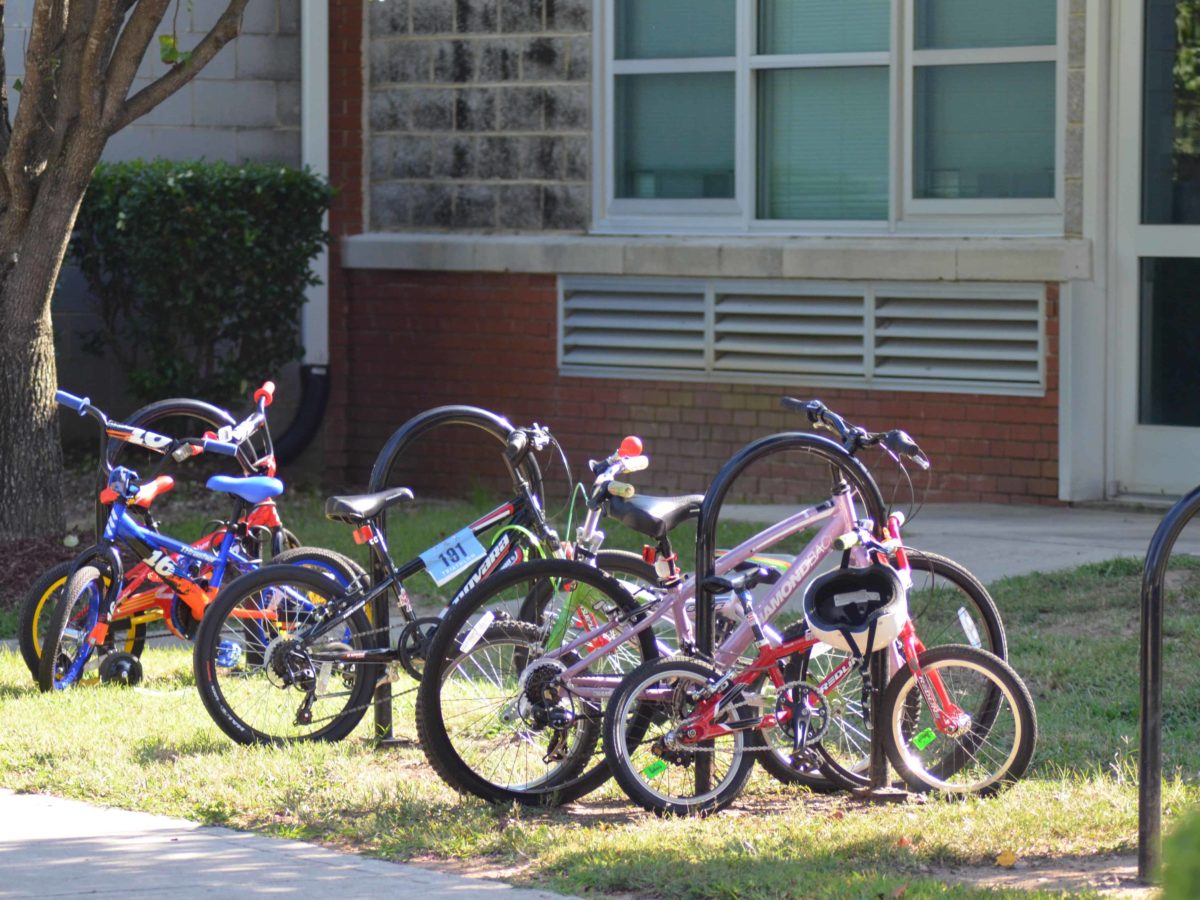

It is back-to-school time, which means that the mainstream media and public school advocacy groups are busy telling folks that Republicans are jeopardizing the welfare of North Carolina’s public schools. What do the facts say?
North Carolina is having trouble attracting qualified teachers. The truth is that education school enrollment is dropping nationwide. According to the latest Title II reports published by the U.S. Department of Education, there was a 30 percent drop in education school enrollment between the 2008-09 and 2012-13 school years. Nearly 110,000 fewer students enrolled in teacher training programs in the United States in 2012-13 than in 2011-12. During this period, only five states increased student enrollment in traditional teacher education programs. North Carolina, 44 other states, and the District of Columbia had net enrollment losses. (Data were not available for Florida.)
Without a doubt, there are supply problems that state legislators — Republicans and Democrats alike — have failed to address. For decades, school districts have struggled to fill hard-to-staff positions, specifically math, science, special education, and English Language Learner vacancies. Unfortunately, elected officials on both sides of the aisle have been unwilling to provide differentiated pay based on the supply and demand of teachers in selected fields.
(See U.S. Department of Education, Title II of the Higher Education Act reports and Teacher Shortage Areas Nationwide Listing: 1990-1991 through 2015-2016.)
Teacher vacancies are extraordinarily high. Between 1999 and 2012, the N.C. Department of Public Instruction collected and published teacher vacancy data. Every fall, school districts reported the number of unfilled teaching positions, including licensure area, to DPI analysts. According to the annual vacancy report, statewide vacancies ranged from a pre-recession high of 1,096 in 2007 to a low of 560 positions near the start of the Great Recession in 2009.
(See N.C. Department of Public Instruction, Teacher Vacancy Reports.)
Our inability to recruit teachers has increased teacher/pupil ratios. There has been a nationwide increase in teacher/pupil ratios over the last decade. Nevertheless, there are 15.4 students for every North Carolina teacher, which is lower than the national average of 16.1 students and typical for most states in the Southeast.
(See National Center for Education Statistics, Selected Statistics From the Public Elementary and Secondary Education Universe: School Year 2013-14.)
Teachers make between $31,850 and $39,700 a year. Respondents to the Education Next/Harvard University poll, with the exception of teachers themselves, estimated that average teacher salaries were between $31,850 and $39,700. DPI estimated that the average salary for a teacher on a 10-month contract was just under $47,800 last year, a figure that does not include nearly $14,500 in Social Security, retirement, and health insurance benefits provided to each full-time teacher in the state.
(See N.C. Department of Public Instruction, Highlights of the North Carolina Public School Budget 2015.)
Republicans fired all of the state’s teacher assistants. The final budget may include constraints on how districts can spend state education funding. I suspect that timing and policy disagreements among budget writers will compel them to maintain the status quo for, at minimum, the current school year. Regardless, districts are free to use their state allotments to pay for teacher assistant positions.
Republicans failed to increase education funding this year. Although the budget has not been finalized, the “continuing resolution” that continues state government operations raises starting teacher salaries to $35,000 per year. It also adds $100 million to school districts for student enrollment growth. Additional funds will flow to districts after the budget bill is signed into law.
(See N.C. General Assembly, S.L. 2015-133: 2015 Continuing Budget Authority.)
Public schools spend an average of between $5,540 and $7,200 dollars per student. According to the annual Education Next/Harvard University poll, respondents estimated that their local public schools spent an average of between $5,540 and $7,200 dollars per student. In 2014, North Carolina’s public schools spent an average of nearly $8,500 per student. When including average spending for buildings and other capital costs, the total per student expenditure in our state approaches $9,000.
(See N.C. Department of Public Instruction, Statistical Profile.)
North Carolina has been overrun by charter schools. Although charter school opponents believe otherwise, a relatively low percentage of public schools in North Carolina are charters. According to the NCES, just under 5 percent of the state’s public schools are charter schools. This percentage is well below the national average, but it is fairly typical for states in the South — Florida and Louisiana excepted.
(See National Center for Education Statistics, Selected Statistics From the Public Elementary and Secondary Education Universe: School Year 2013-14.)
As students return to the classroom, they’re not the only ones who can benefit from learning some important facts.


